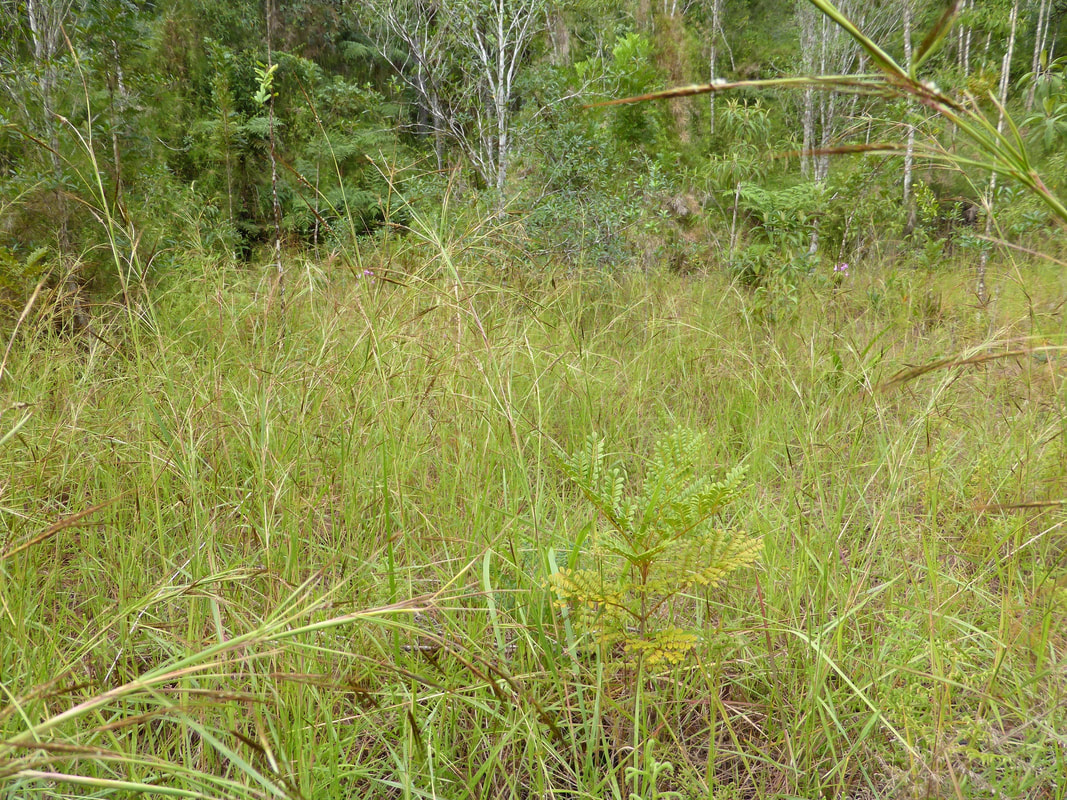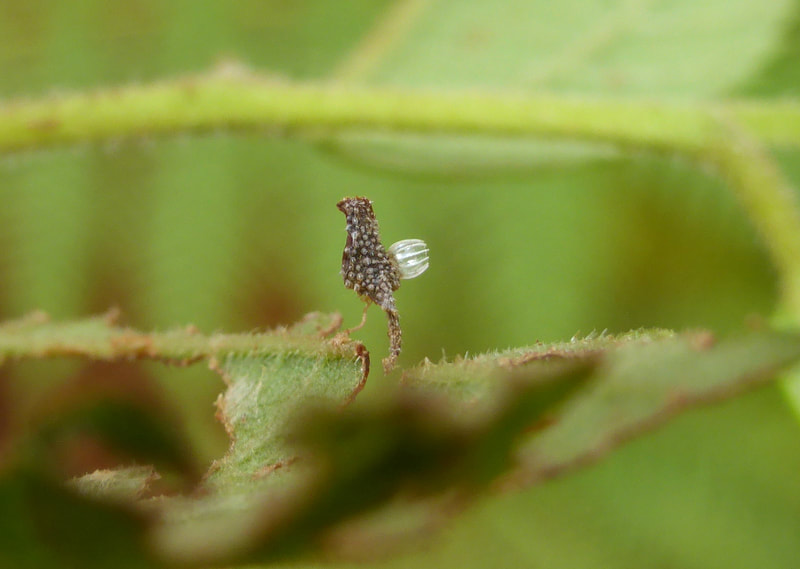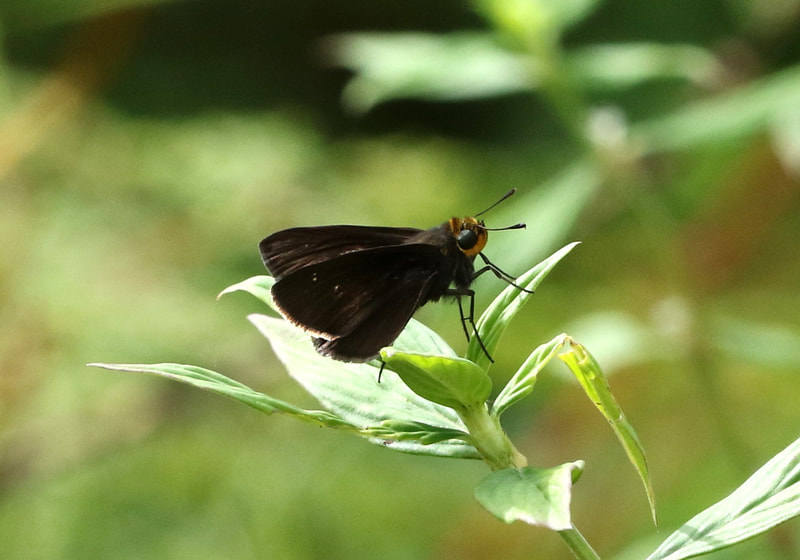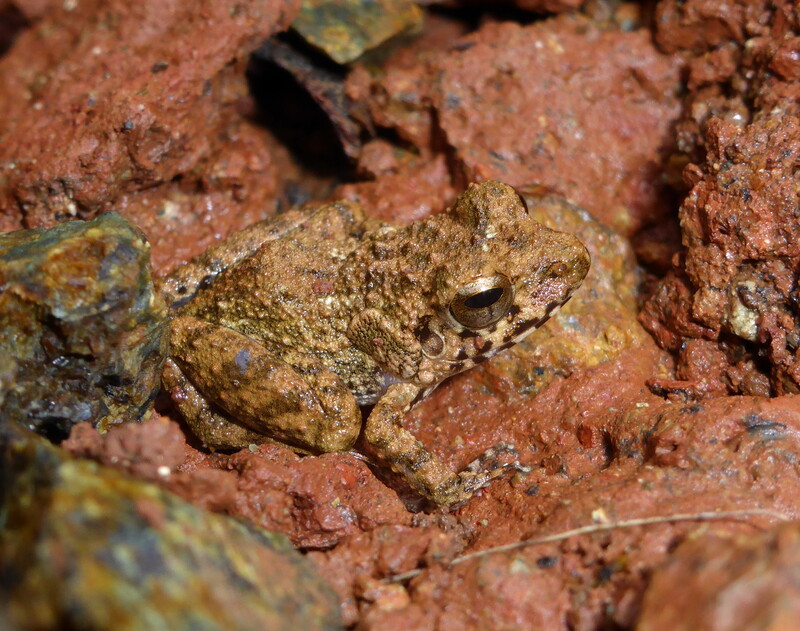The lack of decent field guides on anything but birds here in Cuba is quite frustrating and especially for the reptiles. And none of the small number of websites have either good quality pictures or anything written on how to distinguish one species from another. Why this is I don't know. Identification is made easier if you see the dewlap but none of these obliged by displaying them. But many thanks to Nils Navarro for the id of these.
|
We set off again into the hills on a day when the weather was little mixed. There were no more than a few drops of rain but it was quite cloudy at times. There were one or two things that we thought we might find and didn't but that was more than made up for by the things we did find. At our first stop there were both Cuban Trogon and Cuban Solitaire singing. The first is widespread in forest everywhere but I don't recall hearing the Solitaire here in the east before, though looking at the field guide it does occur throughout the NSB mountains and also the Sierra Maestra. The lack of decent field guides on anything but birds here in Cuba is quite frustrating and especially for the reptiles. And none of the small number of websites have either good quality pictures or anything written on how to distinguish one species from another. Why this is I don't know. Identification is made easier if you see the dewlap but none of these obliged by displaying them. But many thanks to Nils Navarro for the id of these. We found a small grassy clearing in the forest which contained a wonderful selection of endemics to photograph. First was one of the newly described Calisto - Lastra's Calisto Calisto lastrai. I have put below pictures of two other Calisto that we saw nearby. And then Doug found Bruner's Skipperling Oarisma bruneri. They are slightly larger than O. nanus and fly and settle slightly higher too. The other major event of the day was Doug finding larvae of Antillean Mapwing Hypanartia paullus. I'm not sure if ever they have been found in Cuba before but this was certainly a first for Doug. They were on a small Trema next to a river. Fantastic to find and photograph larvae of all sizes and a hatched egg and pupa as well. I have added a photo of an adult taken in 2017. There were several Cecropia growing close by one of which had a final instar Stinky Leafwing Historis odius larva. And another small Cecropia in the river bed contained some larvae of Mosaic Colobura dirce. Not the distinctive feeding damage where the larvae chew through all the leaf ribs so that they droop and form a shelter. And here a Radians Skipper larva Choranthus radians larva that was unfortunately parasitised, plus Tropical Buckeye Junonia zonalis and Cornelius Skipper Euphyes cornelius And some sundries to finish up with. My grateful thanks to Alberto R. Estrada for the identification of the frog and to Julio A. Genaro for the id of the Hymenoptera.
0 Comments
Leave a Reply. |
Welcome to our Blog
Here we will post interesting news about what we and others have seen in Cuba. Archives
July 2024
Categories |

































 RSS Feed
RSS Feed